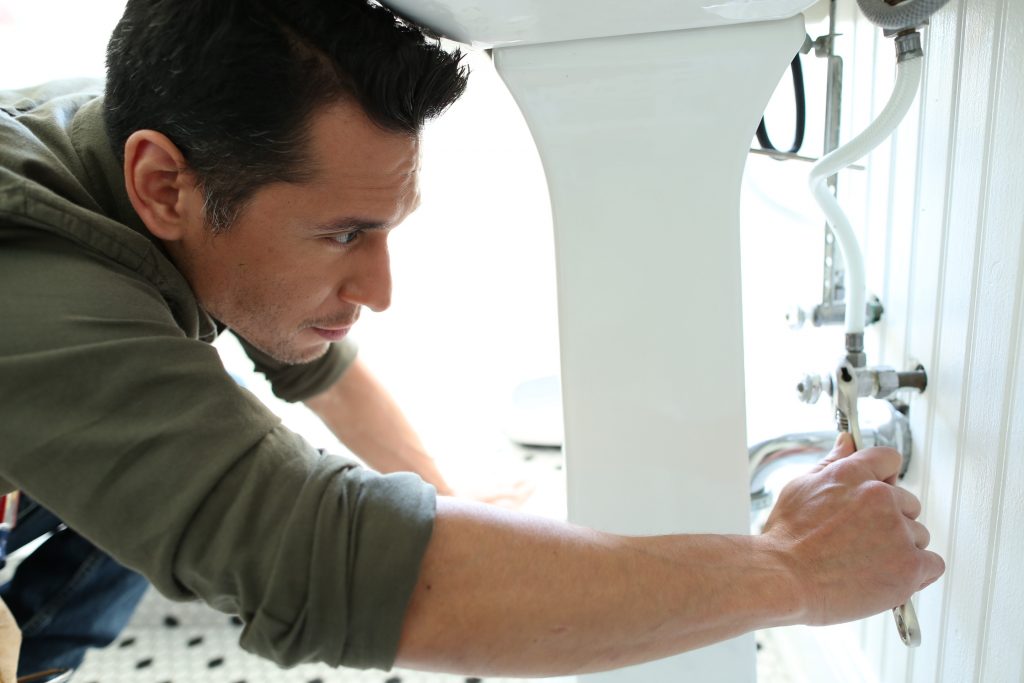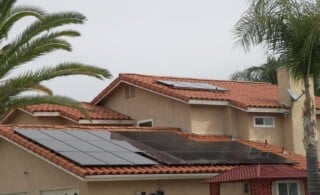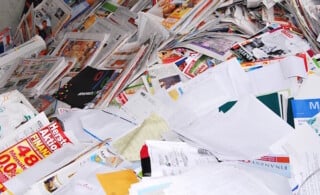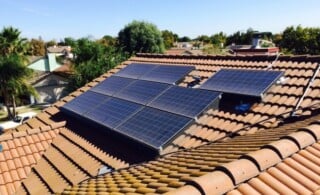
Moving into a new home is a happy occasion, but unexpected repairs like a dripping roof, a flooded basement or a busted HVAC system can turn it into an unhappy – and expensive — one. The good news is that preventive maintenance can curb such common catastrophes.
Put these five projects at the top of your to-do list to keep your home, bank account and sanity intact:
1. Attend to Your Heating, Venting and Air Conditioning (HVAC) System: Your HVAC system regulates the temperature in your home to keep you comfortable throughout the year – and you’ll surely be upset if it breaks down during an epic heat wave. Perform regular seasonal maintenance on your heating and cooling systems to prevent this kind of disruption. Also, check your air filters once a month and change them out as necessary. (Definitely replace used filters when you first move in.) Not only will regular maintenance prolong the life of your HVAC system – and save you from shelling out $3,900 to install a new furnace — but it will also save you considerable cash on your energy bills.
2. Inspect Gutters and Downspouts: Clogged gutters and downspouts can lead to leaking basements, cracked foundations, wood rot, and pest and insect infestations that can cost $500 to $5,000 or more. To prevent devastating damage to your home, ensure that your gutters are free of debris — and that your downspouts are positioned to direct water away from your foundation. Also, keep nearby foliage trimmed to minimize clogging from leaves and branches. You should clean your gutters at least once a year. If you’re uncomfortable doing it yourself, a licensed professional will generally do the job for about $100 to $200, according to HomeAdvisor’s True Cost Guide.
Ready to start your home maintenance?
Find Pros3. Check for Water Leaks — and Fix Them: Water leaks are an easy fix if you catch them early, but they can lead to mold, mildew, rot and other damage when left undetected or unaddressed. Check all toilets and under-sink cabinets for leaks or constant running. Also, take a tour through your new house to inspect for drips and stains on the ceiling. Fix any leaks that you find immediately. A leaky roof – whether caused by weather, age or neglect — can also cause significant and costly long-term damage to your home. Inspect your roof for damage at least once a year, as well as after any major weather event. If you’re not sure how to inspect your roof yourself, consider hiring a professional roof inspector. A professional will know exactly what to look for – and considering the roughly $6,500 it may save you on a roof replacement, it’s well worth the average cost of $230.
4. Assess Your Attic Insulation: Attic insulation controls moisture, retains heat and ensures proper ventilation. If you have an unfinished attic, inspect it to make sure that there is insulation covering the entire space. If there are missing pieces – or if the existing insulation appears to be damaged or depleted – consider adding more insulation or replacing it altogether. Adequate insulation will ensure that your home stays warm in the winter and cool in the summer. And it will save you a substantial amount of money on your energy bill as well – typically as much as $200 a year when coupled with air sealing, according to the EPA. A professional will usually charge about $900 to $1,900 to install blown-in insulation, but most states offer homeowner incentives to help offset the cost.
5. Find and Seal Air Leaks: Stop energy-sucking, money-wasting air leaks by caulking, sealing and weather-stripping all of the seams, cracks and openings in your home. The U.S. Department of Energy suggests testing for leaks by holding a lit incense stick next to potential air leak sources on a windy day. Any smoke stream that moves horizontally suggests a leak that should be sealed. A professional will generally install weather stripping for about $100 to $400, depending on the size of your home and the amount of air escaping it. Not bad when you consider that the EPA reports it can save homeowners as much as 10% on heating and cooling costs.
Want the dirt on additional projects topping new homeowners’ lists? Take a look at this infographic.
 Saving By Spending: Invest in an Energy Audit
Saving By Spending: Invest in an Energy Audit  Reduce Waste and Save Money at Home
Reduce Waste and Save Money at Home  Raise the Value of Your Home with These 7 Remodeling Tips
Raise the Value of Your Home with These 7 Remodeling Tips  Solar Panels Soak Up the Savings
Solar Panels Soak Up the Savings  How to Recoup Remodeling & Addition Investments
How to Recoup Remodeling & Addition Investments 

Left unchecked and not maintained any one of these items can cost you a lot of money, great list for one moving into a new home to take a look at. Thanks for sharing!